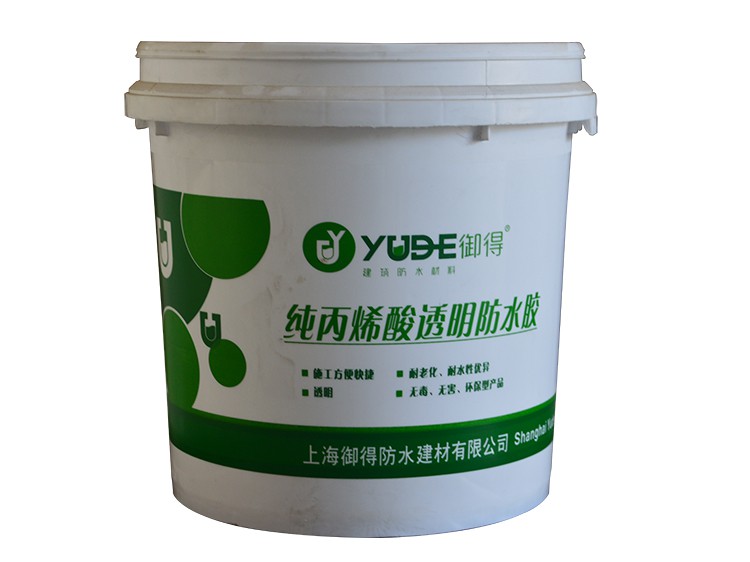 CN
CN info@seacomould.com
info@seacomould.com +86-18969612882
+86-18969612882
Common manufacturing process of making antifreeze buckets mould
2019-12-25
Antifreeze buckets are one of the more common plastic buckets on the market today, and the common manufacturing processes for the manufacture of this bucket mould are:
1. Rotomolding mould: Materials using this processing method are generally pulverized into powder, making Melt and flow during thermal cycling. Rotomolding uses two types of PE: general purpose and crosslinkable. General-purpose MDPE / HDPE usually has a density ranging from 0.935 to 0.945 g / CC, has a narrow MWD, makes the product with high impact and less warpage, and its melt index range is generally 3-8. Higher MI grades are generally not suitable because they do not have the impact and environmental stress cracking resistance that rotomolded articles expect.
2. Injection molding: HDPE has countless applications, ranging from reusable thin-walled beverage cups to 5-gsl cans, consuming 1/5 of domestically produced HDPE. Injection molding grades generally have a melt index of 5 to 10, with grades with lower toughness and higher fluidity with processability.
3. Blow molding: More than 1/3 of HDPE sold in the United States is used for blow molding. These range from bottles containing bleach, motor oil, detergents, milk and distilled water to large refrigerators, automotive fuel tanks and canisters. The characteristics of blow molding grades, such as melt strength, ES-CR and toughness, are similar to those used for sheet and thermoforming applications, so similar grades can be used.
4. Extrusion mould: Grades used for extrusion production generally have a melt index of less than 1 and a medium to wide MWD. During processing, a low MI can achieve a suitable melt strength. Wider MWD grades are more suitable for extrusion because they have higher production speeds, lower die pressures, and a reduced melt fracture tendency.

1. Rotomolding mould: Materials using this processing method are generally pulverized into powder, making Melt and flow during thermal cycling. Rotomolding uses two types of PE: general purpose and crosslinkable. General-purpose MDPE / HDPE usually has a density ranging from 0.935 to 0.945 g / CC, has a narrow MWD, makes the product with high impact and less warpage, and its melt index range is generally 3-8. Higher MI grades are generally not suitable because they do not have the impact and environmental stress cracking resistance that rotomolded articles expect.
2. Injection molding: HDPE has countless applications, ranging from reusable thin-walled beverage cups to 5-gsl cans, consuming 1/5 of domestically produced HDPE. Injection molding grades generally have a melt index of 5 to 10, with grades with lower toughness and higher fluidity with processability.
3. Blow molding: More than 1/3 of HDPE sold in the United States is used for blow molding. These range from bottles containing bleach, motor oil, detergents, milk and distilled water to large refrigerators, automotive fuel tanks and canisters. The characteristics of blow molding grades, such as melt strength, ES-CR and toughness, are similar to those used for sheet and thermoforming applications, so similar grades can be used.
4. Extrusion mould: Grades used for extrusion production generally have a melt index of less than 1 and a medium to wide MWD. During processing, a low MI can achieve a suitable melt strength. Wider MWD grades are more suitable for extrusion because they have higher production speeds, lower die pressures, and a reduced melt fracture tendency.

Related Products
Latest Updated
- China automotive mold manufacturing is facing the development trend of 2025
- The major development trend of automotive mould technology
- How to find a good automotive mould supplier and manufacturer in China
- How to make the injection plastic mould gate design
- The most likely defects in the mold injection molding process
- Injection mold repair steps and precautions
- Auto mould making-automould injection moulding company
- How to choose plastic mould supplier in Taizhou China
Relative Articles
Hot Articles
- Mold plating chrome treatment technology is good for mold life
- Analysis of the causes of the fusion line of plastic mold products and corresponding improvement measures
- what are the common problem in the plastic mould injection process
- Leak-proof design of bottle cap mould
- What performance requirements should be met when selecting steel for injection mold
- When Huangyan Mold factory come back to work after coronavirus
- Coronavirus China Wuhan
- How to check the test of the injection mould
- How to choose plastic mould supplier in Taizhou China
- What principles should be followed in the design and development of bumpers mould
- Bottle cap mold manufacturing process
- Six standards for testing the quality of antifreeze bucket mould
Hot tags: china mold maker,taizhou,huangyan, suppliers, manufacturers, factory, maker,customized







